
Designing a Deer-Friendly Landscape
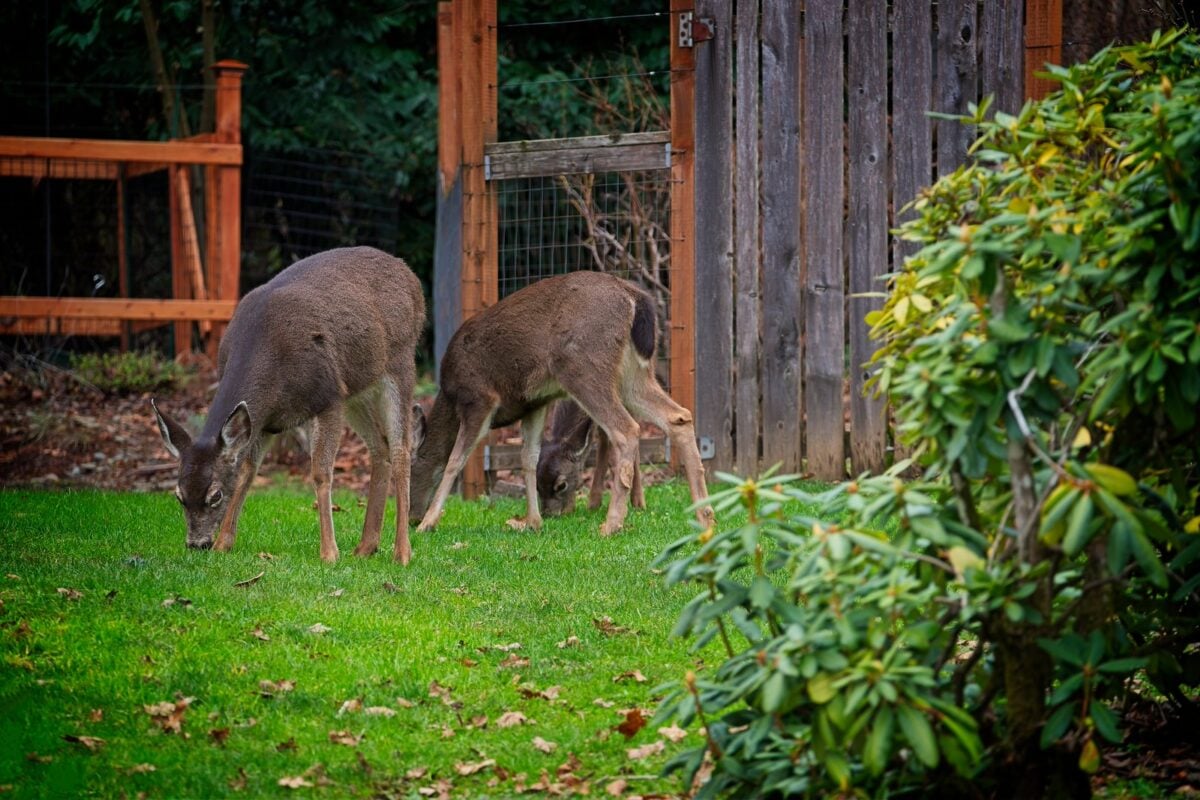
Contributor
Spring 2025
All photos courtesy of the author; Owen Dell, RLA, ASLA
Not long ago, our landscape architecture firm had an unusual request from one of our residential clients in the Mid-Willamette Valley region here in Oregon. The young couple, both life science professionals, said they liked having deer in their yard and they wanted to be sure we were okay with letting them roam around the new landscape we were designing for them.
It’s commonplace for clients to want to exclude deer and other interlopers in order to protect their costly plantings. Others find it economically or practically impossible to fence them out, and, in those instances, we work from our extensive list of plants that resist deer to a greater or lesser degree. This was the first time a client had asked us to develop a habitat that would serve the needs of the deer as well as those of the client.
Our first response was to populate the space with the most reliable deer-resistant species, but, on further reflection, we realized that we had an opportunity to think a little deeper than the usual knee-jerk strategy. If someone likes deer, why would they not want to provide them with food?
Of course, deer have plenty to eat in most suburban neighborhoods and they are hardly in danger of starvation, yet ongoing loss of their natural habitat to development forces them onto our frequently barren landscapes, making life harder for them all the time.
We couldn’t help but wonder about plants that they could enjoy munching on without disfiguring or destroying them. Was this impulse to create a hybrid human landscape and cervine salad bar possible, desirable, or simply ludicrous?
This notion stuck in my head like an earworm of a song. Buoyed by cautious enthusiasm from my associate Jeff, I let the thought run free. Talking it up with various gardening friends elicited side-eyed tolerance but no outright guffaws. That was enough for us to set out on a possibly quixotic quest.
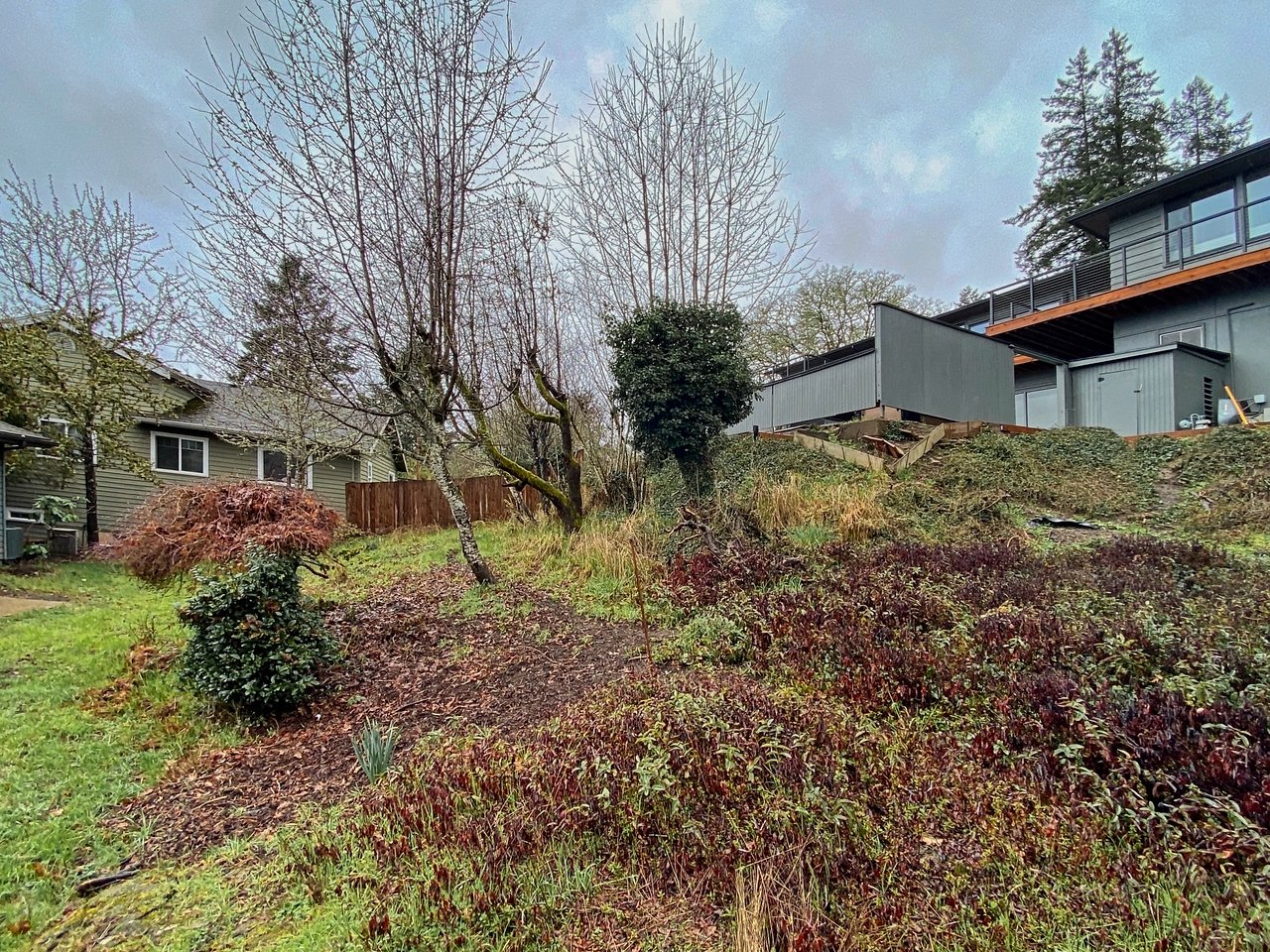
Deer prudence
Let’s get a few things out of the way in advance of this adventure. Very few people are going to warm up to the idea of welcoming deer into their pricey, cherished gardens. That’s understandable, of course. To the average suburbanite, living as so many of us do in a land that at times seems overrun with deer, the sight of a doe and her fawns—not to mention a husky buck—skulking around the garden raises one’s blood pressure and hackles, and makes one yearn for a better class of armament in the house.
We all have stories. For me, it was a brief incident one bedtime at our new home in the Willamette Valley. I’m a morning person, and my wife is a night owl. As I was getting ready for bed, she alerted me to the fact that a yearling was nibbling on the broccoli in the veggie garden that I had lovingly prepared out in the hell strip in front of the house.
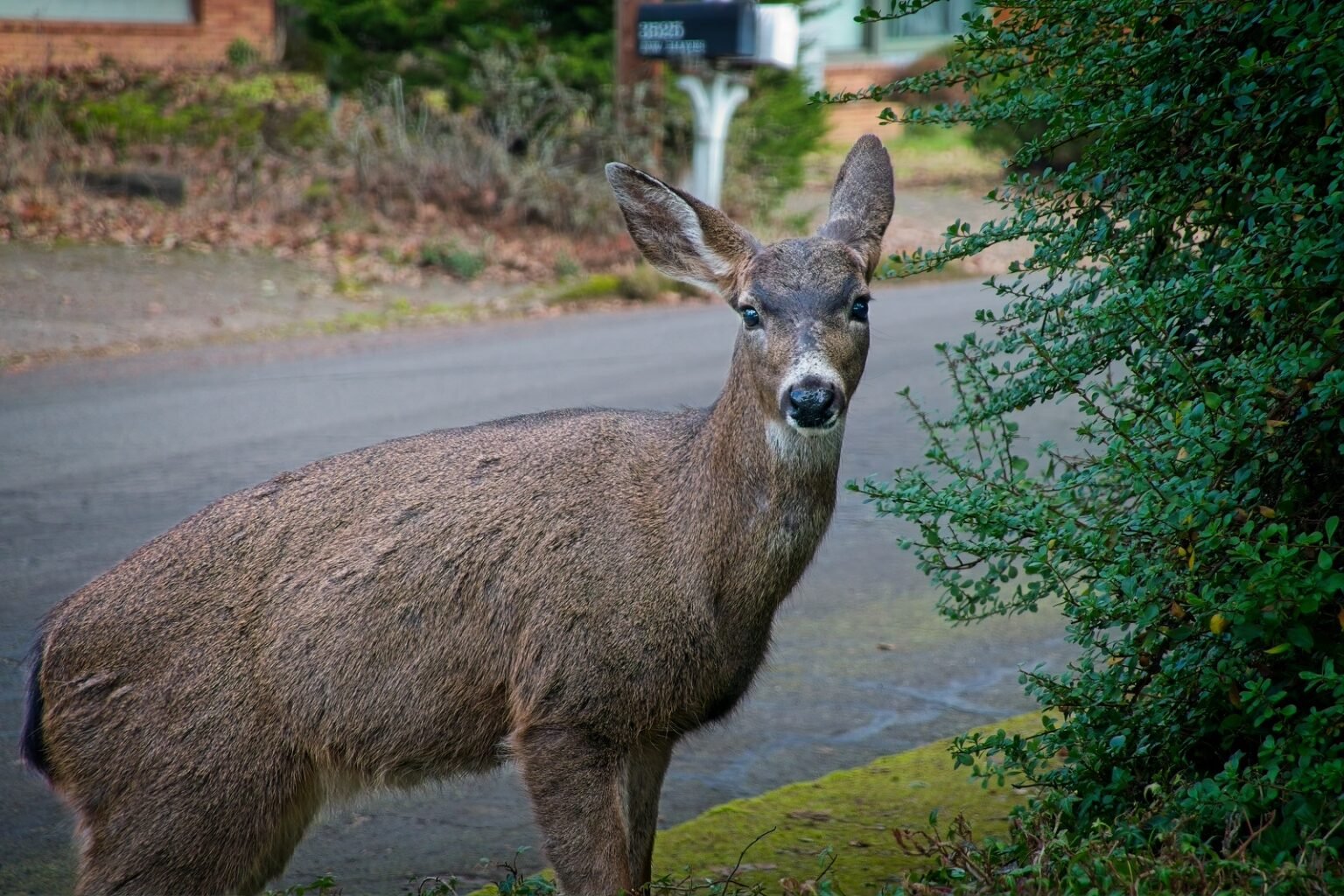
I leaped up like a firefighter at the alarm and rushed out to see about protecting my crops. All I had with me was my keyring, and, in a burst of intuitive genius, I yanked it out of my pocket and jangled the keys as violently as I could. Mirabile dictu, the little fellow took off with the most satisfying panic and disappeared into a neighboring backyard.
That was 11 years ago, and I have not seen a deer on our street since. That is by far the least likely outcome, and I thank providence every day (well, every few weeks, anyway) that for whatever reason our little street and my partially unfenced garden are anathema to the hooved locusts.
So, to be clear, I am not one to embrace Bambi if it means sacrificing my beloved plants. And yes, I have eaten more than a bit of venison in my time. On the other hand, I’m as much a fool for charismatic megafauna as the next person, and I have never borne ill will toward a deer for even a second.
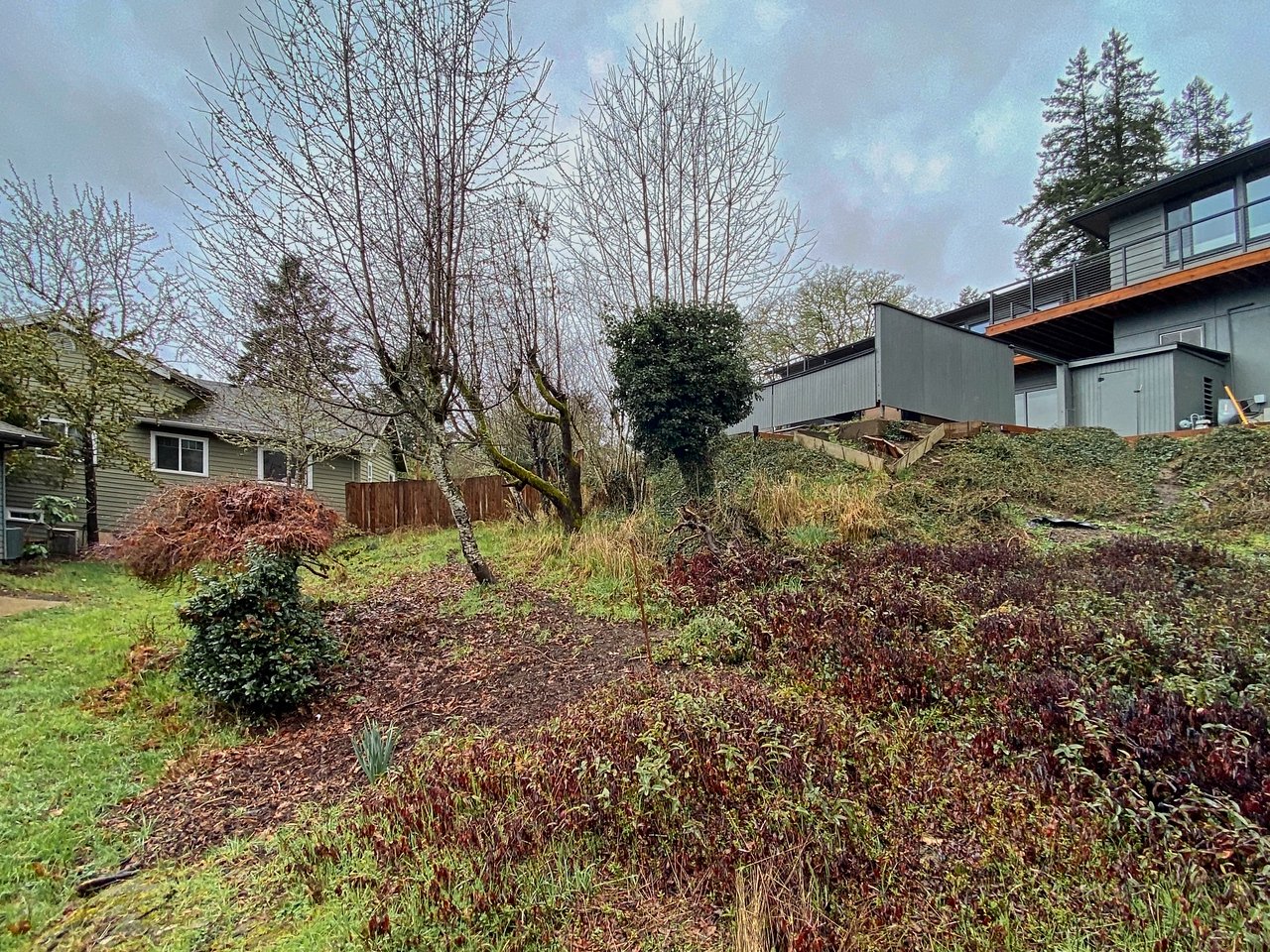
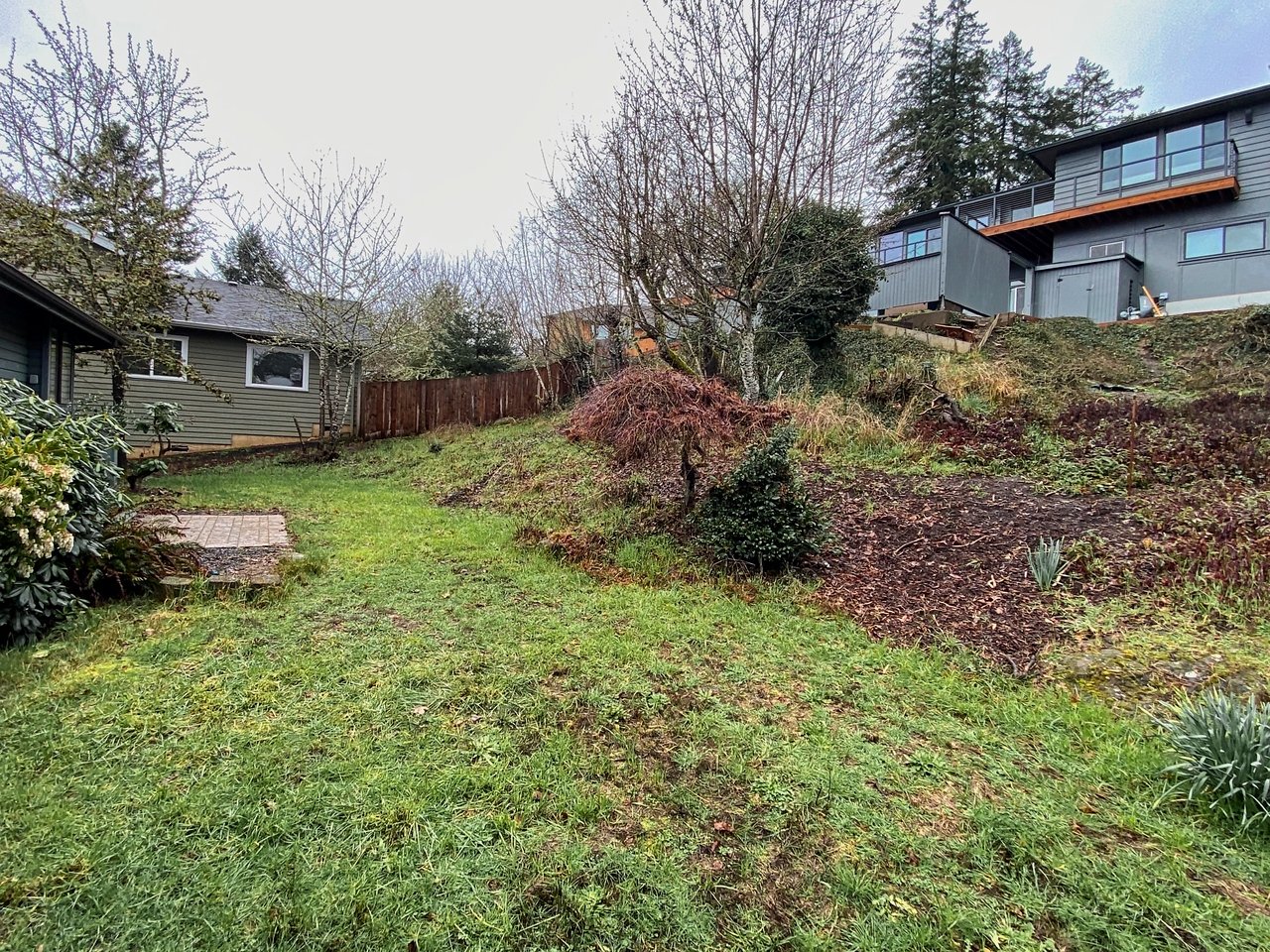
To feed or not to feed?
What do wildlife experts say about feeding suburban deer? Opening that topic leads in some interesting directions.
The Pennsylvania Game Commission released a pamphlet in 2012 pointedly titled Please Don’t Feed the Deer. The pamphlet cites a dizzying number of concerns about bringing deer together, the gravest of which is the spread of illnesses, including chronic wasting disease, mange, and tuberculosis. The commission also warned about the physical dangers to people that arise from inviting deer into populated areas. (I once rescued a tiny grandmother from the pronged attack of a five-point buck, so this is by no means alarmist.)
“The herd will be more fit if it is not dependent on humans for food,” the pamphlet concluded.
The Oregon Department of Fish and Wildlife urges us to not feed deer and elk for many of the same reasons posited by the folks in Pennsylvania.
This offers a sobering note of caution to those who would take on the responsibility of keeping the neighborhood deer provisioned. We are not planning to purposely feed deer, but rather to offer a modest amount of browse. Perhaps even this is irresponsible.

A little farther north, the Washington Department of Fish and Wildlife encourages even small property owners to “contribute” by creating deer habitat. They offer “Tips for Attracting Deer” and even a lovely list of native species that deer love. They don’t mention many of the concerns held by their peers.
Clearly there is room for debate even among professional wildlife managers, perhaps leaving the matter up to the individual property owner or practitioner.
I like to remember that deer and local native plant species have co-existed for a very long time, and it’s reasonable to expect that the same relationships can work out okay in the garden. In our case, these clients loved natives and wanted us to use them as much as possible.
Taking up the challenge
Notwithstanding my personal feelings and the imprecations of the deer whisperers, it’s the job of a professional to embrace all reasonable requests from clients. Frankly, this one seemed intriguing. But what to do next? A search of the internet for “deer-friendly landscaping” unsurprisingly turned up articles with titles like, “24 Plants That Deer Hate,” and “Fill Your Garden With Deer-Resistant Plants.” This was not going to be easy.
The Gardening Channel blog has covered plants that are “deer tolerant” as well as the usual deer-resistant ones. “Put simply, a deer-tolerant plant will be eaten by deer, but the resulting damage does not significantly impact the plant in a negative way” (Russell and Gibson 2020). Such plants will be fast growing to recover quickly from browsing, and they will boast enough stored carbohydrates and water to push out fresh foliage with minimal impact on the overall viability of the plant.
The deer-tolerant plants they identified included nasturtiums (Tropaeolum), and … well, that was it. A garden made up exclusively of nasturtiums wasn’t likely to go over well with the client.
Our peers were silent on the matter of plants that deer like but don’t kill. We seemed to be on our own. Then we found a website called The Humane Gardener, and life got a bit easier. Nancy Lawson is the author of the book The Humane Gardener (2017), and she “pioneers creative wildlife-friendly landscaping methods” on her property in the Chesapeake Bay area.
Lawson’s 2024 article “Deer Eat This Garden (and It Flourishes)” is an in-depth exploration of alternative horticulture on behalf of deer. She proposed a layered approach to ecosystem development. “Browse-resilient” species are placed cheek-by-jowl with “deterrent and protector plants.” She acknowledged that every site and every deer population are unique, and encouraged experimentation and patience. There isn’t room to do justice to her thoughtful approach; visit her site linked at the end for the full story.
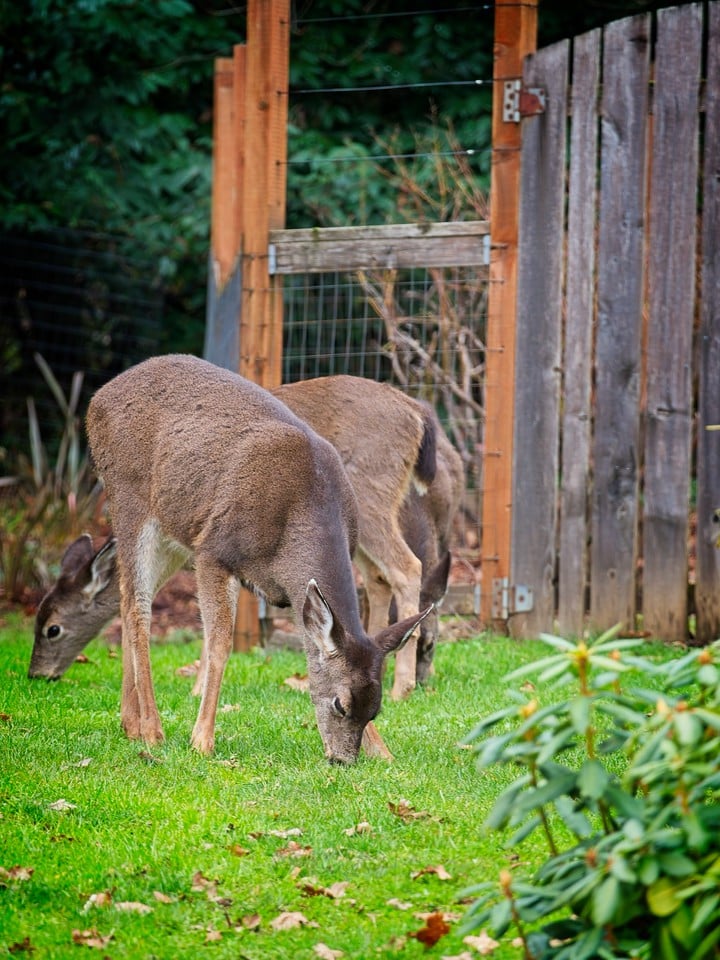
Toothsome or Gruesome?
What makes some plants a feast for deer and others repugnant? It’s a bit hard to make sense of it, as there doesn’t seem to be any good data on the chemical makeup of loved and hated plants. There is also the matter of the particular deer in a particular location, who may have their own inscrutable preferences. Nancy Lawson, author of The Humane Gardener, cites tender growth, spurred by plenty of water and nutrients, as a principal attraction, and “chemical and structural traits” like thorns or bitter toxins as natural deterrents. But we all know there are plenty of exceptions.
Critter Spit
Turns out, according to Lawson, that when animals browse plants, the plants respond to their saliva by pushing more new growth than if they were not browsed. It’s not just the usual loss of apical dominance; it’s the slobber itself that changes the hormones in the plant. This bodes well for the resilience of plants subject to browsing pressure. Rebound makes for successful habitat.
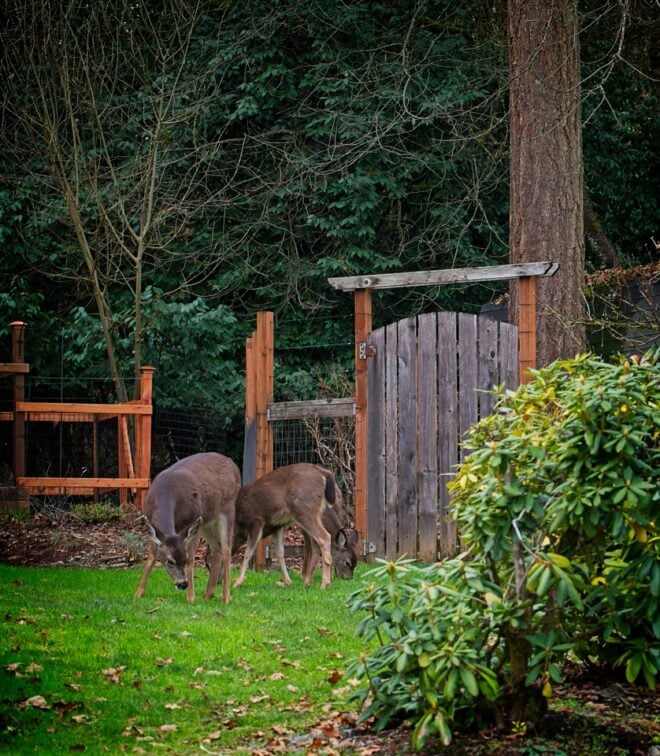
Developing the Deer Deli
Thanks to some filtering and consideration of local conditions, we had a good selection of natives to work with. We also made some educated guesswork about which non-native, traditional garden plants might withstand occasional browsing without visible harm—other than perhaps looking more like topiary.
There is one other delicate matter to face. Deer do not read lists, and every specific population seems to have its own preferences. Without interviewing all the neighbors, it’s impossible to predict exactly how the local deer will respond. As designers, we make it clear that we are not deer-whisperers and cannot guarantee anything other than our own reasonable diligence in avoiding plants that are known deer candy. This, like all gardens, will be an adventure.
The outcome
Here is the design we came up with for our client. It’s due to go in the ground sometime in 2025, so we don’t yet know how successful the attempt will be. Everyone understands that some of our calls might be wrong, but we have included enough of the traditional deer-resistant species to ensure a reasonable result even if there are some losses.
Some of the plants we think the deer will enjoy but not destroy include western Oregon natives such as Oregon white oak (Quercus garryana) and California black oak (Quercus kelloggii), vine maple (Acer circinatum), coyote brush (Baccharis pilularis ssp. consanguinea), ocean spray (Holodiscus discolor), wax myrtle (Myrica californica), white spirea (Spiraea betulifolia v. lucida), oval-leaved viburnum (Viburnum ellipticum), beaked hazelnut (Corylus cornuta), red-flowering currant (Ribes sanguineum), evergreen huckleberry (Vaccinium ovatum), salal (Gaultheria shallon), deer fern (Blechnum spicant), and inside-out flower (Vancouveria hexandra).
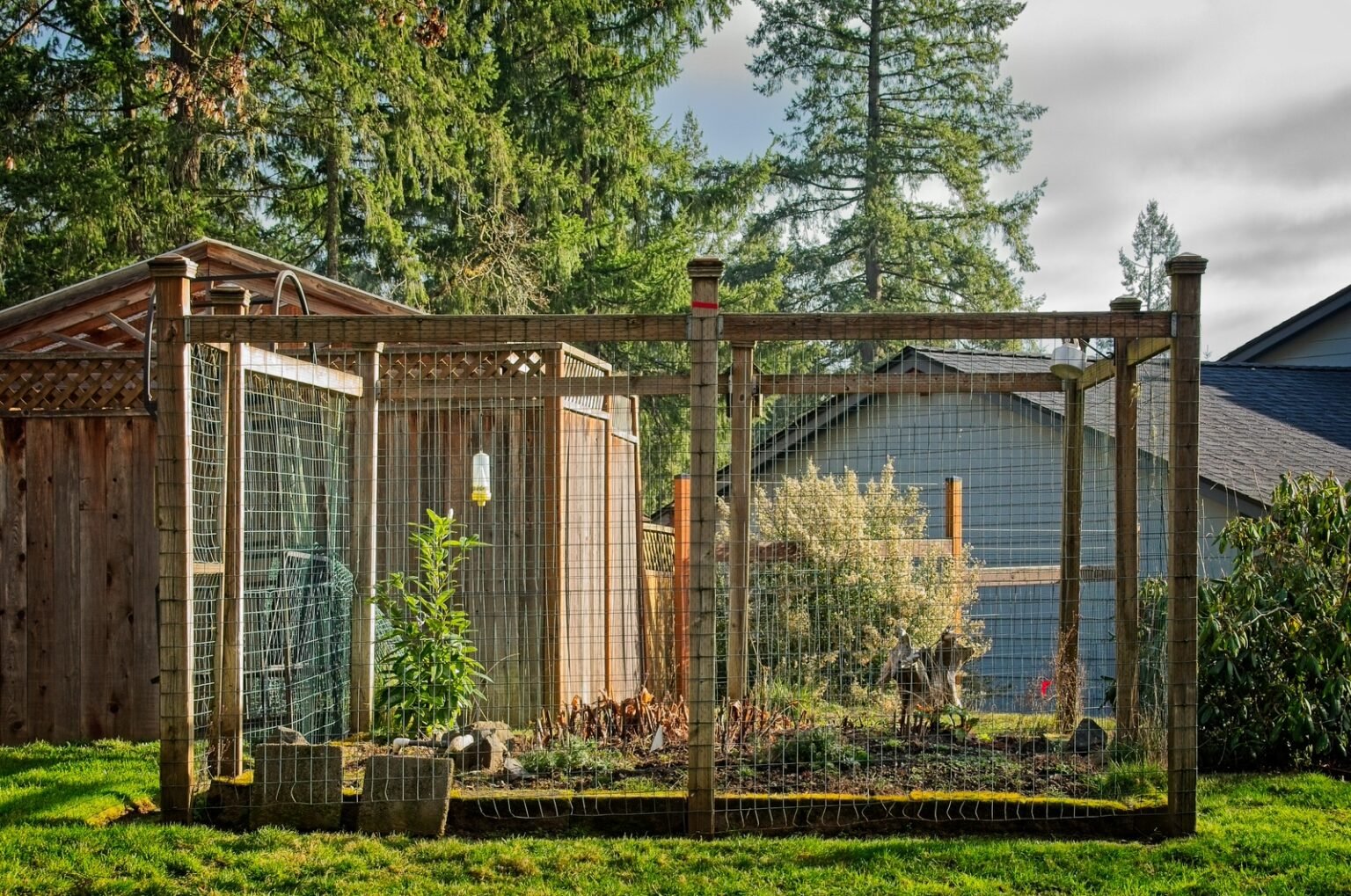
Local deer are quite accustomed to encountering those species in the wild. To ensure these plants can grow to an abundance that would benefit the deer, they may need protection while they establish.
The plant palette is a mix of native and non-native species, with plenty of deer-resistant species to ensure something will persist no matter what.
See the plan drawing for a complete list of included plants.
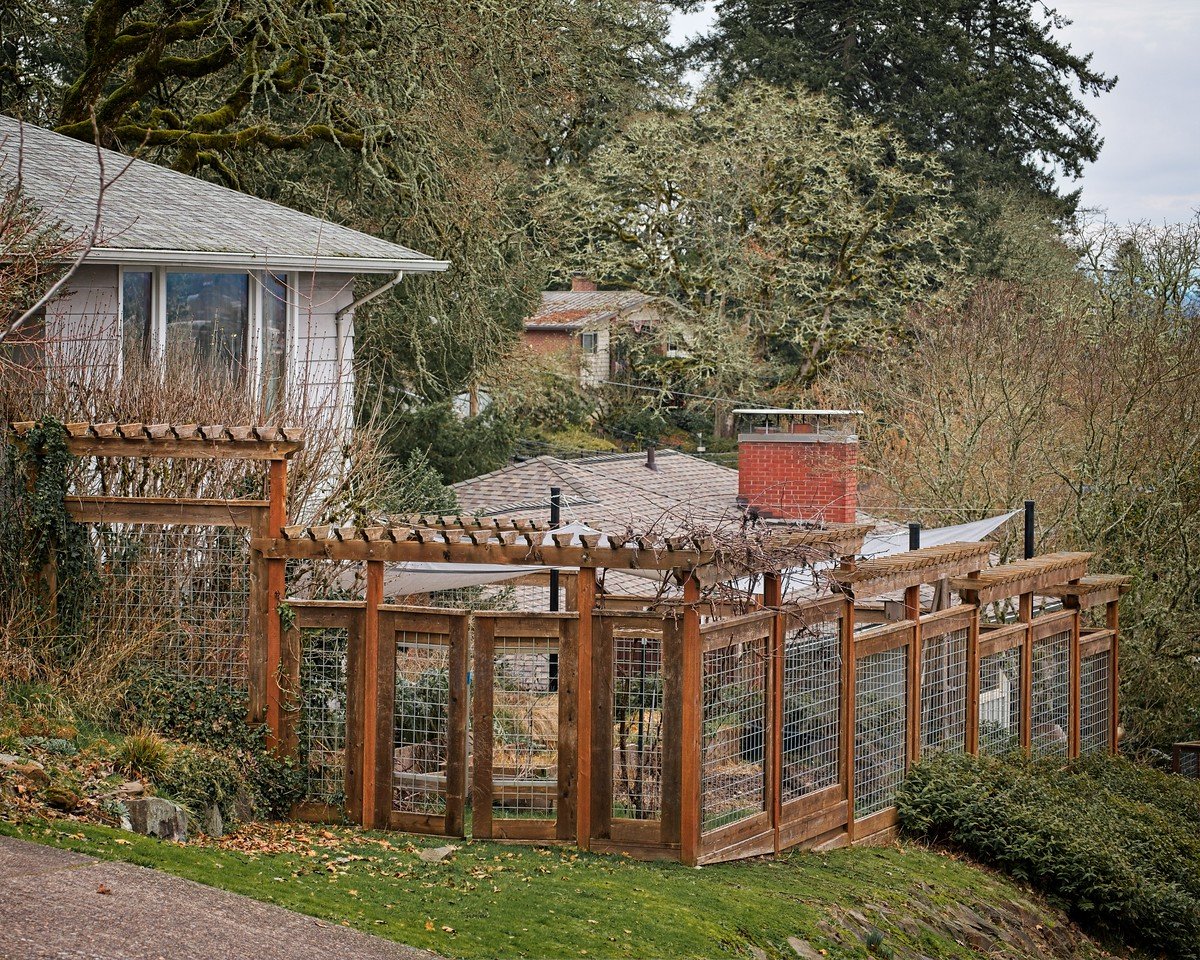

Over to you
This is all quite speculative, of course. It would be great to open this up to a conversation with others. What are your experiences with deer in the garden? Are they legitimate targets of wrath and punishment, or has the deer-lover in you given rise to some insights about what keeps them happy without losing your landscaping? If the latter, what plants seem to work for both the gardener and the deer? Do you think that feeding deer is good or bad for them? Can you bring some additional replicable science to the table?
Let us hear from you, and we may follow up in an upcoming newsletter to shed new light on this matter. Like all things in the garden, the presence of deer is a moving target. The bottom line seems to be that we all have a lot to learn about living compassionately with suburban deer. As designers, we are humbled by the superficiality of our knowledge about these dominant wild animals in our midst, and this quest has opened our minds to a great deal of insight into our cervid companions.
Resources
Plant lists
Over the years we have made good use of a database of plants prepared long ago by Rutgers University. It’s geared toward the East Coast, but there is plenty of crossover. It ranks plants A through D based on delectability and covers most of the common temperate climate plants. There are many other lists online and in gardening books, but we felt this one had the most scientific gravitas. We have used it as a starting point, adding in plants from our own observation and from many other lists. We currently have around 1,400 species and cultivars in our own database, and that has proven so helpful in our design work.
Additional reading
Chapman, Karen. 2019. Deer-Resistant Design. Timber Press. Mainly an idea book of garden profiles.
Clausen, Ruth Rogers. 2011. 50 Beautiful Deer-Resistant Plants. Timber Press.
Hart, Rhonda Massingham. 2005. Deerproofing Your Yard and Garden. Storey Publishing.
Reference list
Lawson, Nancy. 2024. “Deer Eat This Garden (and It Flourishes).” The Humane Gardener.
Link, Russell. 1999. Landscaping for Wildlife in the Pacific Northwest. University of Washington Press.
Oregon Department of Fish and Wildlife. Don’t Feed Deer and Elk. [pdf]
Pennsylvania Game Commission. 2012. Please Don’t Feed the Deer. [pdf]
Russell, Erin Marissa and Matt Gibson. 2020. “Best Deer Resistant (or Deer Tolerant) Plants for Your Garden.” Gardening Channel.
University of Washington press. Quoted in Washington Department of Fish and Wildlife, 2019, Living with Deer. [pdf]
Washington Department of Fish and Wildlife. “Living with wildlife: Deer.”




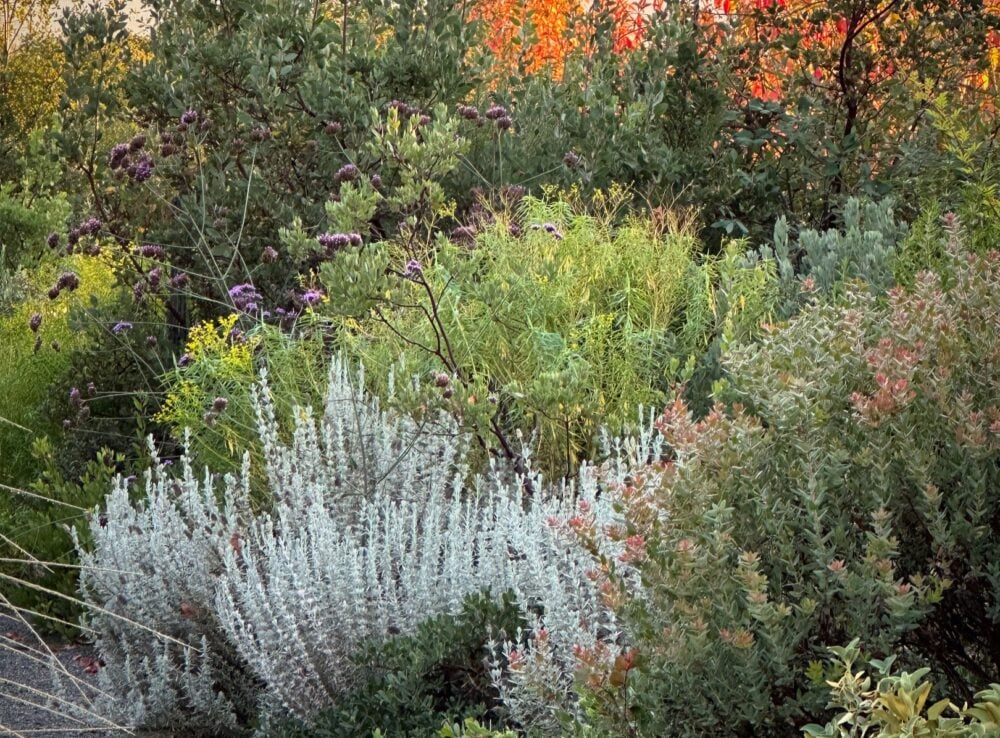
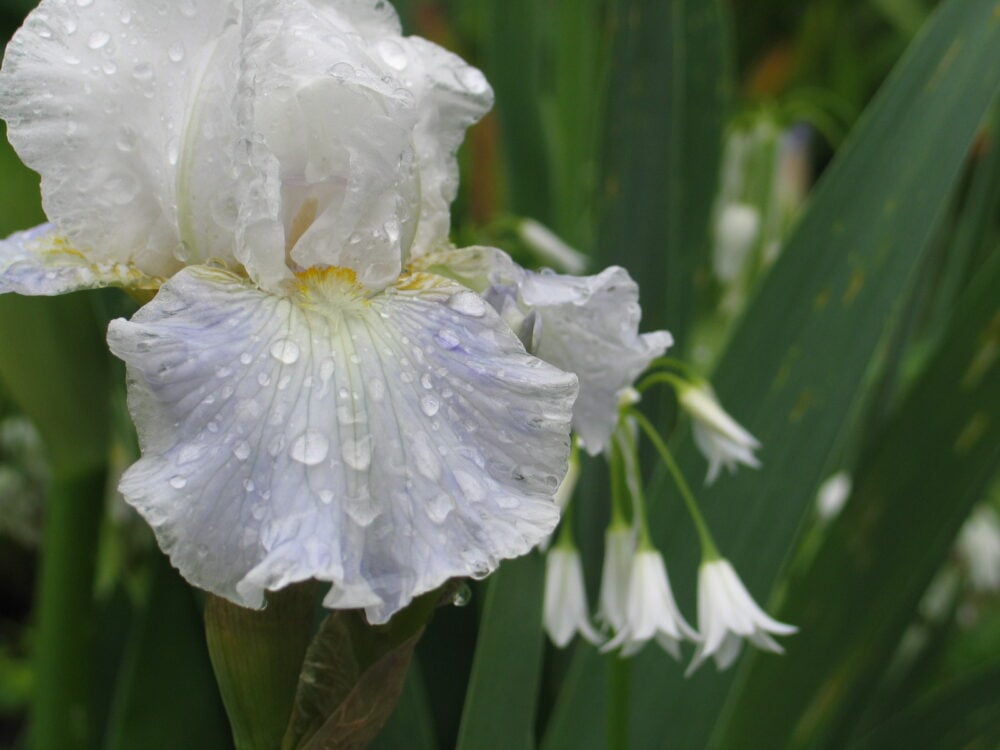
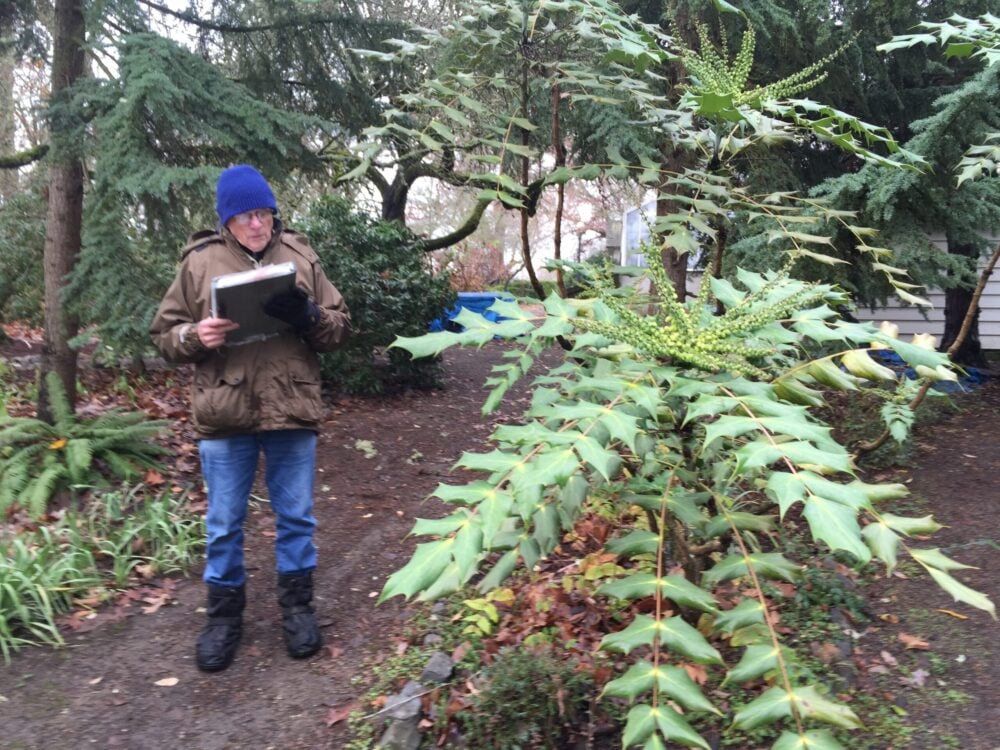



Responses